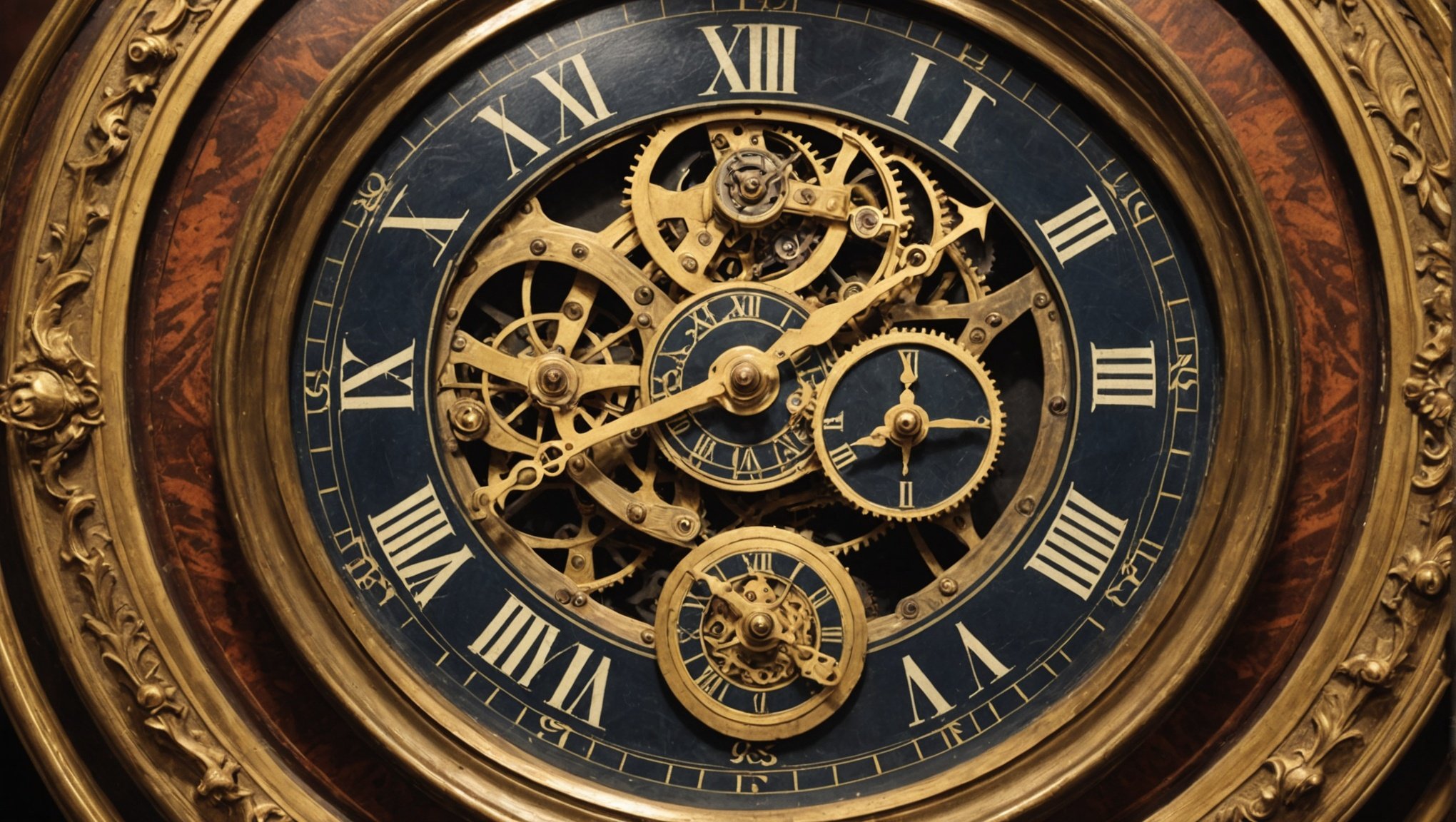Discover exquisite rare antique clocks from la pendulerie

La Pendulerie stands as a premier destination for lovers of elegant antique clocks. This distinguished collection features an array of exquisite timepieces, including mantel, cartel, and regulator clocks. Each piece embodies exceptional craftsmanship, reflecting a rich history that captivates collectors and enthusiasts alike. Explore the fascinating unique designs that not only tell time but also tell stories, enhancing your space with moments of elegance and heritage. Delve into the world of La Pendulerie's stunning antique clock collection.
Overview of La Pendulerie and Its Antique Clock Collection
La Pendulerie stands as a beacon for those passionate about rare antique clocks. As a premier source, it offers an extensive antique collection that captures the essence of historical craftsmanship. The gallery's reputation is built on its dedication to preserving the artistry and intricacy of antique timepieces.
A lire en complément : How can Online Virtual Reality Platforms Facilitate Remote Work Collaboration?
The collection at La Pendulerie is diverse, featuring mantel clocks, cartel clocks, and regulator clocks. Each piece is a testament to the exceptional craftsmanship and historical significance inherent in these timepieces. The craftsmanship of antique timepieces is evident in the meticulous design and attention to detail that each clock displays. From the intricate enamel dials to the finely chased gilt bronze and marble constructions, these clocks are not just functional but also works of art.
La Pendulerie's commitment to authenticity ensures that each clock retains its historical value. This dedication is reflected in the gallery's restoration process, which prioritizes the integrity of each piece. By offering insights into the history and craftsmanship of their clocks, La Pendulerie enriches the buyer's experience, making it a leading destination for antique horology enthusiasts.
Avez-vous vu cela : What Is the Role of Genetic Engineering in Crop Resistance to Pests and Diseases?
The Historical Significance of Antique Clocks
The history of antique clocks is a captivating journey through time, reflecting art, society, and technological evolution. From their inception, clocks have been more than mere timekeepers; they are symbols of innovation and status. The clock history timeline highlights pivotal developments, such as the introduction of the pendulum in the 17th century, which revolutionised accuracy.
Throughout history, famous antique clockmakers have left indelible marks on horology. Notable among them is François Rémond, whose exquisite craftsmanship is renowned. Rémond's contributions, particularly in the late 18th century, exemplify the blend of artistry and functionality. His work, often commissioned by the aristocracy, showcases the intricate design and opulence that define antique clocks.
The evolution of clocks also mirrors societal changes. As timekeeping became essential, clocks transitioned from luxury items to household necessities. This shift is evident in the diversification of clock styles, from ornate mantel clocks to practical wall clocks. Each style reflects the era's aesthetic and technological advancements.
Understanding the historical significance of antique clocks enriches appreciation for these masterpieces, which continue to captivate collectors and enthusiasts alike.
Featured Antique Clocks from La Pendulerie
La Pendulerie showcases an array of exquisite timepieces, each a testament to exceptional craftsmanship and historical significance. Among the gallery's prized possessions is "The Musicians," a remarkable mantle clock attributed to François Rémond. Crafted from gilt bronze and white marble, this clock features a round enamel dial with Roman numerals, fifteen-minute intervals, and Zodiac signs. Its intricate design includes putti figures, young women musicians, and a base adorned with arabesque motifs, busts, and lionesses, highlighting its unique clock designs.
Another standout piece is a mantle clock made from white Carrara marble, Wedgwood porcelain, and gilt bronze. This clock's octagonal case houses a skeleton movement, topped with a ribbon-tied rose wreath. The detailed tripod with rams’ heads and goat hoof legs exemplifies the mastery of showcasing La Pendulerie's best pieces. The clock's collaboration with contemporary merchants, as suggested by the Wedgwood porcelain, further enhances its historical value.
Both clocks reflect the gallery's meticulous restoration process, ensuring each piece's authenticity and beauty shine through. These antique clocks for sale offer collectors a glimpse into the opulence of 18th-century horology.
Collecting and Caring for Antique Clocks
Building a collection of antique clocks can be a rewarding journey, offering a glimpse into history and craftsmanship. To start, focus on understanding the different types of clocks such as mantel, cartel, and regulator clocks. Research their historical contexts and craftsmanship to appreciate their uniqueness. Engaging with experts and attending exhibitions can provide valuable insights.
Antique clock maintenance is crucial for preserving their beauty and functionality. Regular cleaning, avoiding exposure to extreme temperatures, and ensuring proper lubrication are essential care tips for rare clocks. Always consult a professional for complex repairs to maintain the clock's integrity.
When assessing the value of collecting antique clocks, consider factors like provenance, condition, and rarity. Understanding market trends is vital; attending auctions and monitoring sales can offer insights into current values. The expertise of galleries like La Pendulerie can guide collectors in making informed decisions, ensuring each acquisition is both a financial and aesthetic investment.
By following these care tips for rare clocks and staying informed, collectors can build a meaningful collection that not only appreciates in value but also enriches their understanding of horological history.
